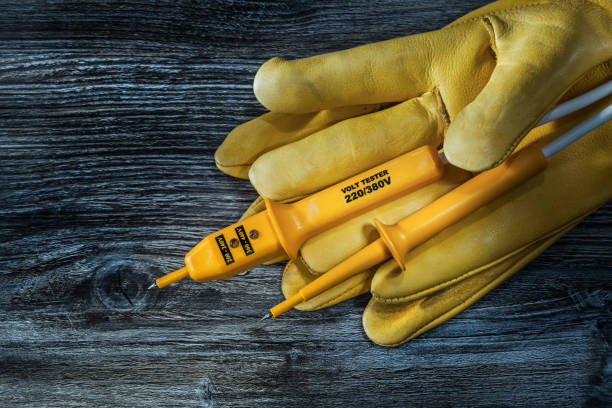
Measuring dielectric properties is an important aspect of improving the design of electrical equipment. Dielectric testing validates the quality of insulating conductors and other electronic components. The importance of testing electricity within materials is undeniable, but having the right tools and expertise is the only way to get meaningful results.
To get a better understanding of dielectric measurement techniques, we've detailed six methods that are commonly used:
Coaxial Probe – This serves as the most commonly used method for measuring permittivity in materials. A metallic probe is pressed against the material or immersed in a liquid to measure reflection coefficient, which determines the permittivity. It is a simple method that enables the user to collect measurements over a wide range of frequencies.
Transmission Line – Another method commonly used in dielectric measurement involves placing a sample on a coaxial line, or waveguide, and then measuring complex scattering parameters with a VNA analyzer. The transmission line method uses both reflection and transmission to gather measurements with higher sensitivity than the coaxial method.
Free Space – Free space is a method of testing electricity across a wide band of frequencies. Large, flat samples of materials are placed under extreme heat and in hostile environments for a dielectric measurement. The advantage of this testing method is having the ability to grab reflection and transmission coefficients without any contact. Additionally, both electrical and magnetic properties of the material can be evaluated.
Resonant Cavity – This method collects measurements with high accuracy and high-temperature support. You can also get accurate results with dielectric loss materials. This method is based on the shift in resonant frequency of a tuned cavity when a loss material serves as a resonator.
Parallel Plate - To run this test, the tester must sandwich the dielectric material between two electrodes to form a capacitor. Then, measurements are taken from an LCR meter or impedance analyzer with a dielectric test fixture. This method is typically used to measure low frequency materials.
Planar Transmission Line – This method of testing material in RF and microwave components utilizes a microstrip line. Fabrication is simple and its compact nature makes it suitable for most industrial applications. With this form of testing, dielectric measurements are deduced from a change in permittivity utilizing suitable expressions.
As with any type of testing or measurement, it’s always important to address variables such as frequency, accuracy, temperature, material or anything that’s important to your application. To learn more about dielectric measurement and testing, contact ETS Inspection and Testing Services.
Source: https://www.matsolutions.com
